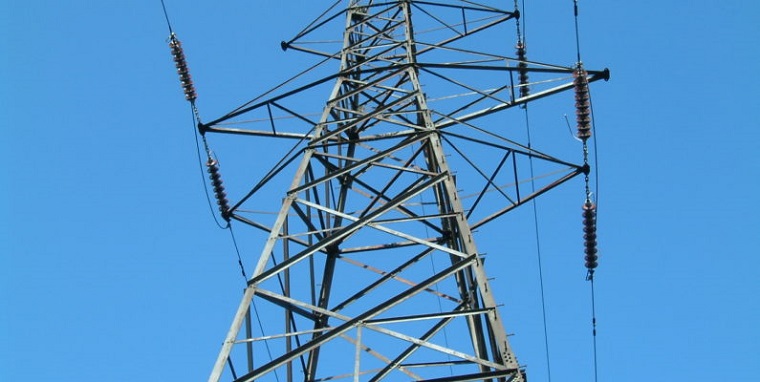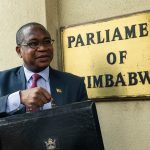Whatever the causal factors, we still have the majority of our population living in rural areas, even though the national trend is towards gradual urbanisation.
In terms of our policy on decentralisation and devolution, the latest results are a key decision-making aid; more so in respect of allocative decisions and catch-up interventions we make as Government in readiness for setting the stage for provincial GDPs.
That the preliminary results go as far as showing households in each province, makes it easier for us to plan for and target households on food distribution during lean times such as this year.
Overall, we thus have in these preliminary census results a key planning decision-making support mechanism which we should and shall use to the fullest. I want to thank Government, through the Ministry of Finance and Economic Development and its relevant Departments, for this vital input to our national planning process. All Government departments should now move with speed to interpret these census results in relation to needs of their sectors.
This week, my piece isolates the issue of availability of electricity in relation to our census population results, and of course what both mean for the national progress we all aspire for in line with our Vision 2030.
Electricity and other forms of sustainable energy are key enablers to economic growth and to national development.
Access to clean power is linked to seven MDGs, including improved maternal health, reduced child mortality, eradication of extreme poverty and hunger and attainment of universal primary education.
This means our energy profile as a country is a key indicator in terms of how well we fare in respect of our set national goals. Clean energy availability and access is thus one key way of reading our Economy, and our progress as a Nation.
Our country has an installed electricity capacity of 2 000 megawatts. Of this capacity, Kariba, which is the largest source of our power, generates about 1 050MW, with Hwange accounting for 920MW when fully functional.
Before long, Hwange will give us an additional 600MW, taking our installed capacity to 2 600MW. There are other small thermal power stations which also add to our total generation capacity. With an existing power demand of 1 500MW, we are set to enjoy a theoretical surplus once Hwange 7 and 8 come on stream. I used the term theoretical advisedly.
Zimbabwe has an estimated 30 billion tonnes of coal in 21 known deposits. These reserves are enough to last for over 100 years at current use. However, coal remains a controversial source of power, even though it accounts for 37 percent of global electricity, making it the single largest source of electricity worldwide. There is pressure to reduce global dependence on coal for electricity generation, although recent developments point in opposite direction.
Continued next page
(182 VIEWS)


